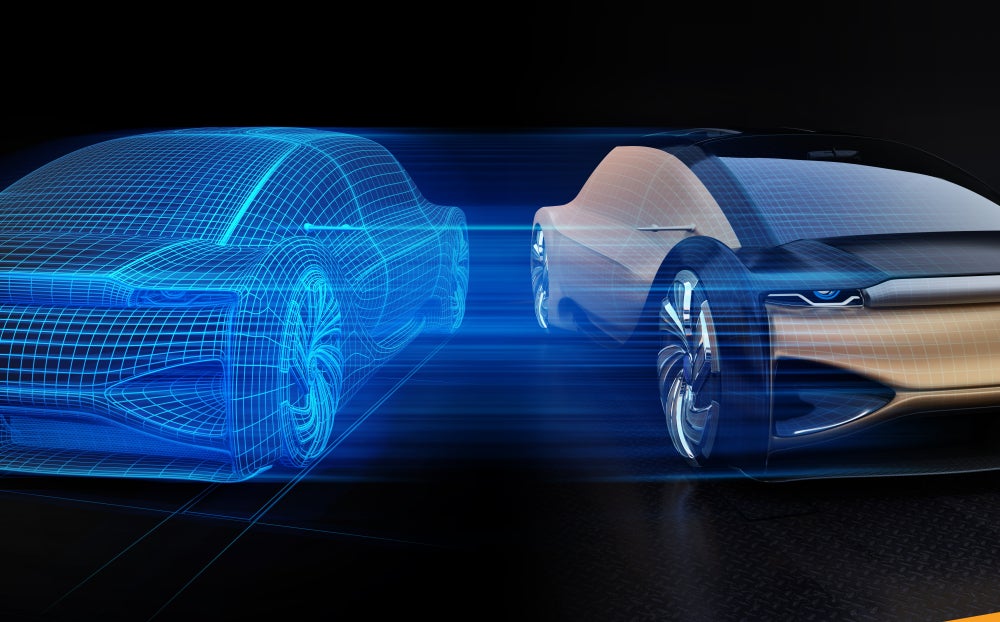Paige.AI has patented a method for processing digital images of human or animal tissue to predict quality and disease designations using machine learning models. The system compares external designations to disease predictions, providing a comprehensive quality control and assurance process for pathology categories. GlobalData’s report on Paige.AI gives a 360-degree view of the company including its patenting strategy. Buy the report here.
According to GlobalData’s company profile on Paige.AI, AI assisted radiology was a key innovation area identified from patents. Paige.AI's grant share as of April 2024 was 24%. Grant share is based on the ratio of number of grants to total number of patents.
Quality control and assurance for digital pathology images
A recently granted patent (Publication Number: US11928820B2) outlines a computer-implemented method for processing electronic images related to pathology categories. The method involves receiving a digital image of human or animal tissue, determining a quality control (QC) machine learning model to predict image quality based on artifacts, and providing the image as input to receive a quality designation. This designation is then used to determine if the image meets approval criteria or is rejected due to errors or imperfections. Additionally, a quality assurance (QA) machine learning model predicts disease designations based on biomarkers, allowing for comparison with external designations related to cancer detection, grade, origin, and other disease properties. The system aims to enhance image analysis accuracy and streamline diagnostic processes by evaluating and rejecting external designations that deviate beyond a predetermined threshold from disease designations.
Furthermore, the patent details the generation of reports based on the quality designation, including types and numbers of artifacts found, clinical impact, time to rectify, and potential patterns or correlations in artifacts. The method covers various pathology categories such as histology, cytology, frozen section, and immunohistochemistry, with the QC model identifying artifacts like missing tissue, glass cracks, bubbles, and stains. The system also includes features like automatic notifications based on quality characteristics, visual indicators for image artifacts, and the use of training images to develop the QA machine learning model for disease prediction. By integrating QC and QA models, the system offers a comprehensive approach to image processing in medical diagnostics, ensuring accurate assessments and facilitating efficient decision-making processes in healthcare settings.
To know more about GlobalData’s detailed insights on Paige.AI, buy the report here.
Premium Insights
From

The gold standard of business intelligence.
Blending expert knowledge with cutting-edge technology, GlobalData’s unrivalled proprietary data will enable you to decode what’s happening in your market. You can make better informed decisions and gain a future-proof advantage over your competitors.





